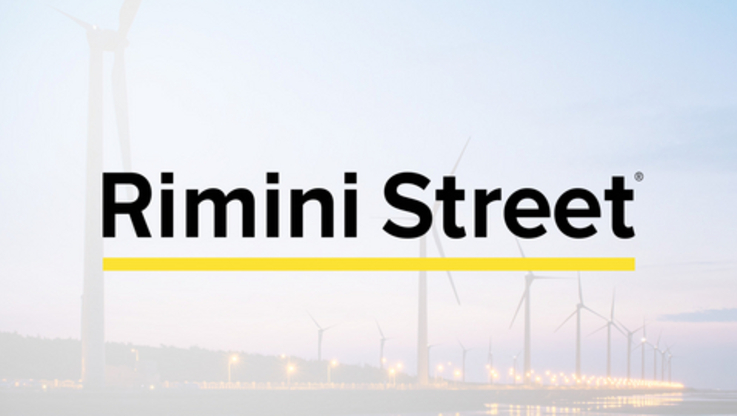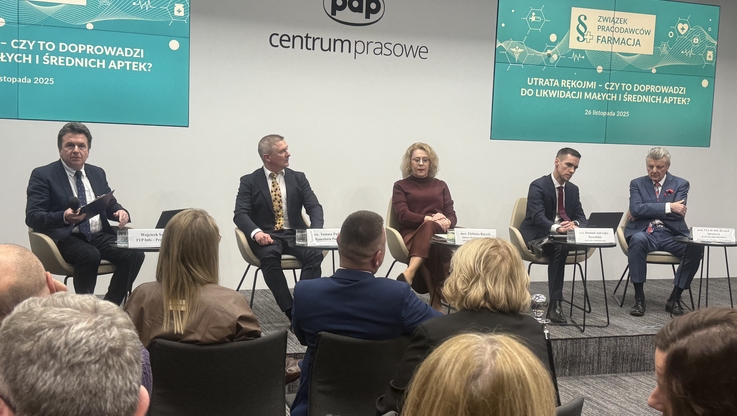Pobierz materiał i Publikuj za darmo
The authors indicate that the COVID-19 epidemic might unexpectedly lead to a breakthrough in the development of rural areas, as it turned out that many people were perfectly able to carry out their work from home and moved out of the city.
“This can be a good starting point. If this is followed by adequate incentives, particularly in terms of ensuring connectivity and digital accessibility, we will witness a new dynamics in rural areas that will weaken the process of depopulation of these regions,” the report emphasises.
The process of population shrinking in Europe’s rural areas mainly concerns the former Eastern Bloc countries (including Poland), but also Southern Europe (Portugal, Greece, Spain, south Italy), Germany, and also regions of Sweden and Finland. The main reason for the dwindling population of rural areas is migration to cities, which provide a better standard of living, richer employment opportunities and better access to public services, as well as attractive cultural events and leisure activities.
ESPON’s experts recommend that central and local government authorities should stop focusing on preventing migration by merely stimulating the economic development of peripheral regions. A better method might be to simply adapt to the unavoidable changes.
One of the crucial recommended adaptation measures is concentrating on the digitalisation of rural areas, which would improve the comfort of living across local communities, allow better access to knowledge and provide a stimulus for the development of new and innovative business forms.
The key element will also be to ensure access to public services at a level comparable to what is seen in cities. In this context, authorities are encouraged not only to invest in local facilities and institutions, but also to use such technologies and develop such services as telemedicine or administrative procedures accessible online.
A serious, but vital challenge might also be the transfer of responsibility for some services to the private sector or NGOs. The recommended general approach is to develop self-government capabilities, civil society and public-private partnerships.
ESPON’s report also points to the opportunity of using EU funds for the development of “green infrastructure” in rural areas, as part of EU’s actions to mitigate the impact of climate change. Emphasis is put on the role of investments in local agricultural production, supply chains and agricultural support services, which might help create well-paid jobs and contribute to the development of new business specialisations. It is necessary, according to ESPON’s experts, to simplify procedures for co-financing and to cover a larger number of local actors.
Interestingly, the report also recommends changing the manner of communicating demographic changes occurring in rural areas. For example, instead of speaking of the “depopulation” of villages, which carries negative connotations, we should refer to the “transformation” and “reorganisation” of agricultural areas. Instead of pointing to examples of backwardness. we should focus on new, “innovative” and “smart” solutions implemented by local communities.
ESPON is a consulting and advisory platform based on an extended network of contacts between European institutions, governments, local governments, and academic centres. Includes 27 EU Member States and four associated countries: Norway, Iceland, Switzerland, Liechtenstein.
Source: PAP MediaRoom
Pobierz materiał i Publikuj za darmo
bezpośredni link do materiału
| Data publikacji | 30.06.2021, 13:12 |
| Źródło informacji | PAP MediaRoom |
| Zastrzeżenie | Za materiał opublikowany w serwisie PAP MediaRoom odpowiedzialność ponosi – z zastrzeżeniem postanowień art. 42 ust. 2 ustawy prawo prasowe – jego nadawca, wskazany każdorazowo jako „źródło informacji”. Informacje podpisane źródłem „PAP MediaRoom” są opracowywane przez dziennikarzy PAP we współpracy z firmami lub instytucjami – w ramach umów na obsługę medialną. Wszystkie materiały opublikowane w serwisie PAP MediaRoom mogą być bezpłatnie wykorzystywane przez media. |







